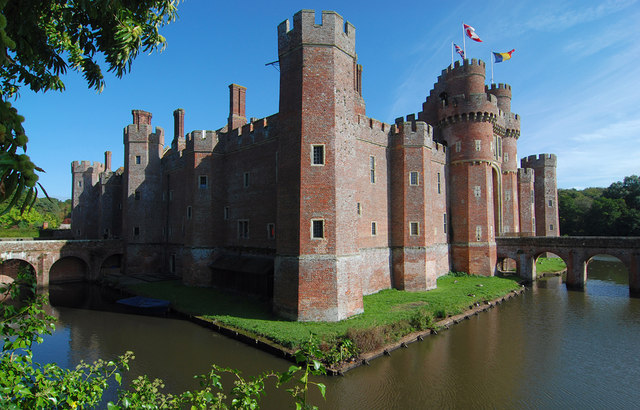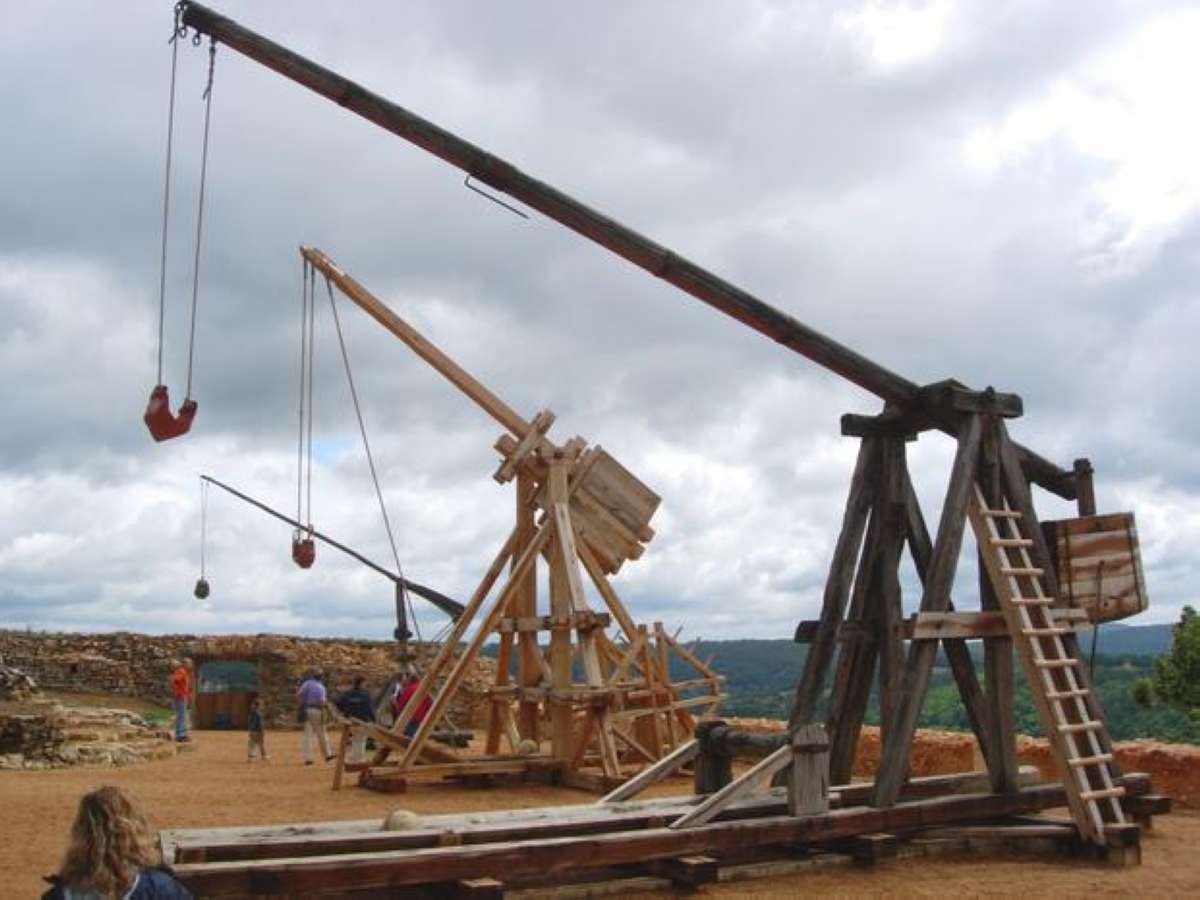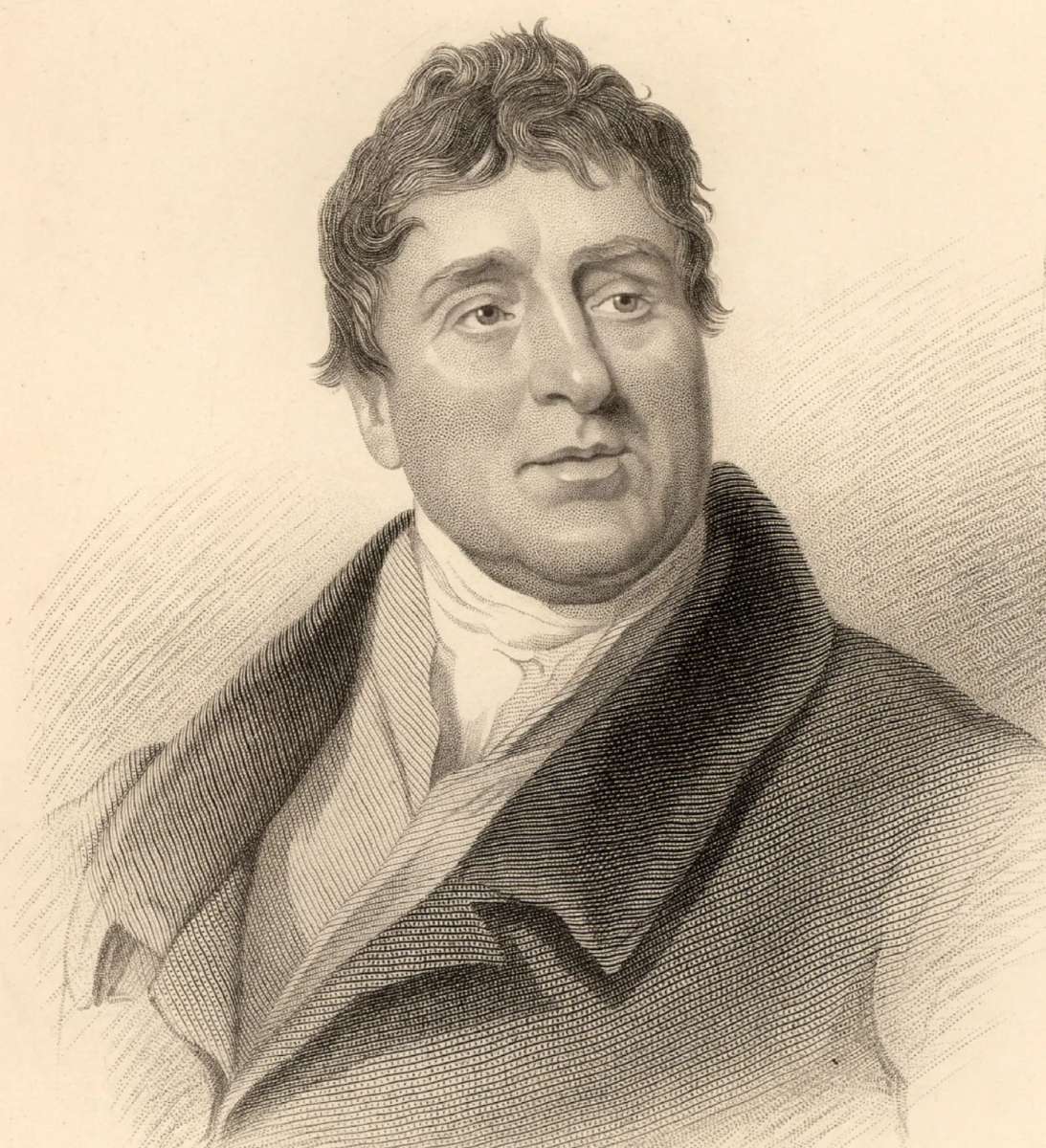Engineering is a broad term that includes many disciplines, all of which have in common the application of science for practical purposes.
“Applied science” is approximately equivalent with “engineering.” While people have built many things, that today are within the scope of civil engineering – buildings, dams, canals, roads, bridges – it is the scientific aspect to the design and building of such construction that defines modern civil engineering.
For the science museum professional without a background in civil engineering, a basic knowledge of what the field consists of can open the door to insights about innovative exhibits, important themes to communicate to their audiences, and opportunities for collaboration.

1. Historical Background of Civil Engineering
1.1. Why is ‘Military Engineering’?
Originally, the term civil engineering was introduced to distinguish it from “military” engineering. Military engineering, dating back many centuries, was devoted to such kinds of construction as castle walls, fortress towers, defensive canals and moats, and siege equipment.




1.2. What is ‘Civil Engineering’?
The term civil engineering was needed as the Scientific Revolution and the Industrial Revolution matured, and as people who came to be known as civil engineers had full-time careers using applied science to design the construction that the public used in daily life.
Things like a huge lighthouse tower built at Alexandria over two thousand years ago, or suspension bridges in China a thousand years ago, might be called “civil engineering works,” but they were not the result of what we call “civil engineering” today, which only materialized when physics and mathematics rapidly grew in the last few centuries.
Some of the mathematical basis of civil engineering dates back at least to ancient Greek times. The lever principle, for example, which Archimedes (287-212 BC) understood and described, is still extensively used in civil engineering calculations. It was not till Galileo Galilei (1564-1642), however, that several of the features of modern engineering and science began to become well formed, such as the idea that the best test of a proposition or concept was an experiment. (Today we say “put the idea to the test.”
Galileo used the term cimento, or ordeal, in other words to “put the idea through the ordeal of the test.”) Many of the science learning goals one finds in state science education standards today reflect a view of the world that only dates from the time of Galileo. By chance, the same year Galileo died, Isaac Newton was born. Newton (1642-1727) was to greatly advance fields in what is now known as physics from the level they were in as of the time of Galileo. Principles first mathematically described by Newton, such as the action of forces, gravity, or inertia, are still used extensively in civil engineering today.
1.3. The Story of Modern Civil Engineering
The story of modern civil engineering begins to move quickly following the era of Newton. In countries such as France and Britain, people combined a practical knowledge of materials and construction with the mathematics and science that were then available. Combined with the great economic pull of the Industrial Revolution, people started to specialize in civil engineering.
1.3.1. School of Bridges and Roads
For example, the Ecole Nationale des Ponts et Chaussées (school of bridges and roads) was established by the French government in Paris in 1747. The Ecole des Ponts et Chaussées was to be the intellectual and professional home of many of the leading names in the young field of civil engineering, such as Claude-Louis Navier (1785-1836). Structural engineers still are guided by Navier’s Theorem, and engineers working with water systems are familiar with the Navier-Stokes equations.
1.3.2. Society of Civil Engineers
John Smeaton (1724-1792), who gained his first engineering experience in the design of wind and water mills in England, was one of the first to use the English term “ civil engineer.” He was put in charge of the design and construction of Eddy stone Lighthouse, one of the first structures in the modern era to use concrete and advance that material beyond its early usage in Roman construction. Today, concrete is essential to almost all civil engineering projects. He was central to the founding of the Society of Civil Engineers in 1771.
1.3.3. Institution of Civil Engineers
The Institution of Civil Engineers was founded in 1818, which remains an active professional organization in the United Kingdom to this day. It was founded in a coffee house – quite an influential institution in history. For example, one of the first insurance enterprises, Lloyd’s of London, was founded in 1688 in such a place, namely Edward Lloyd’s coffee house. Known as “penny universities” for their price of admission and the abundance of publications and open discussion available, coffee houses continue to be “informal learning” centers today.

Thomas Telford (1757-1834), a Scottish engineer, was one of the first presidents of ICE. His career included record-setting bridges, roads, and canals. As the young United States grew rapidly in the 1800s, civil engineering became a growth industry, although university-trained engineers were not common till after the Civil War. One of the fortes of American civil engineering as compared to European turned out to be the suspension bridge, with important early developments in that structural form made by James Finley (1762-1828), Charles Ellet (1810-1862), and John August Roebling (1806-1869).
As of the latter half of the 1900s, civil engineering becomes recognizably similar to today’s profession. At the same time, science museums begin to take on their modern form. The nature of the civil engineering profession in academia, government, and practice, and its demographic aspects.
Civil engineering is considered as the second oldest engineering discipline after military engineering. It is one of the application of physical and scientific principles for solving the problems of society. Civil engineering is the wide ranging profession including several specialized sub-disciplines and its history is linked to several branches such as geology, knowledge of structure, materials science, architecture, hydrology, environment, soil and different others fields.
1.4. Important Civil Engineering Subjects
Though all the subjects are important, but some of them being used more frequently at site. Design of RCC and Structural analysis subjects helps in understanding of drawings, steel reinforcement etc.; Concrete Technology for understanding cement, aggregates, sand, concrete and other concreting topics. Strength of material and Soil Mechanics for understanding of site lab testing topics etc.; Geology for stone and earth characteristics, Estimating and Costing for rate analysis, billing and tendering, Engineering Drawing to understand drawing concepts, Transportation Engineering helps in working for highways. Surveying and its equipment are useful all the time for all kind of projects.
1.5. Earliest Practice of Civil Engineering
Civil engineering has been an aspect of life since the beginning of human existence. The earliest practice of civil engineering may have commenced between 4000 and 2000 B.C in ancient Egypt when human started construction for shelter. During ancient history most of the architectural designs and construction were carried out by artisans, such as stonemasons, carpenters rising to the role master builder. The construction of pyramid in Egypt were some of the first instances of large structure in construction.
If you liked this article, then please do share it on the Social Media. If you have a question or suggestion? Then you may leave a comment below to start the discussion.

